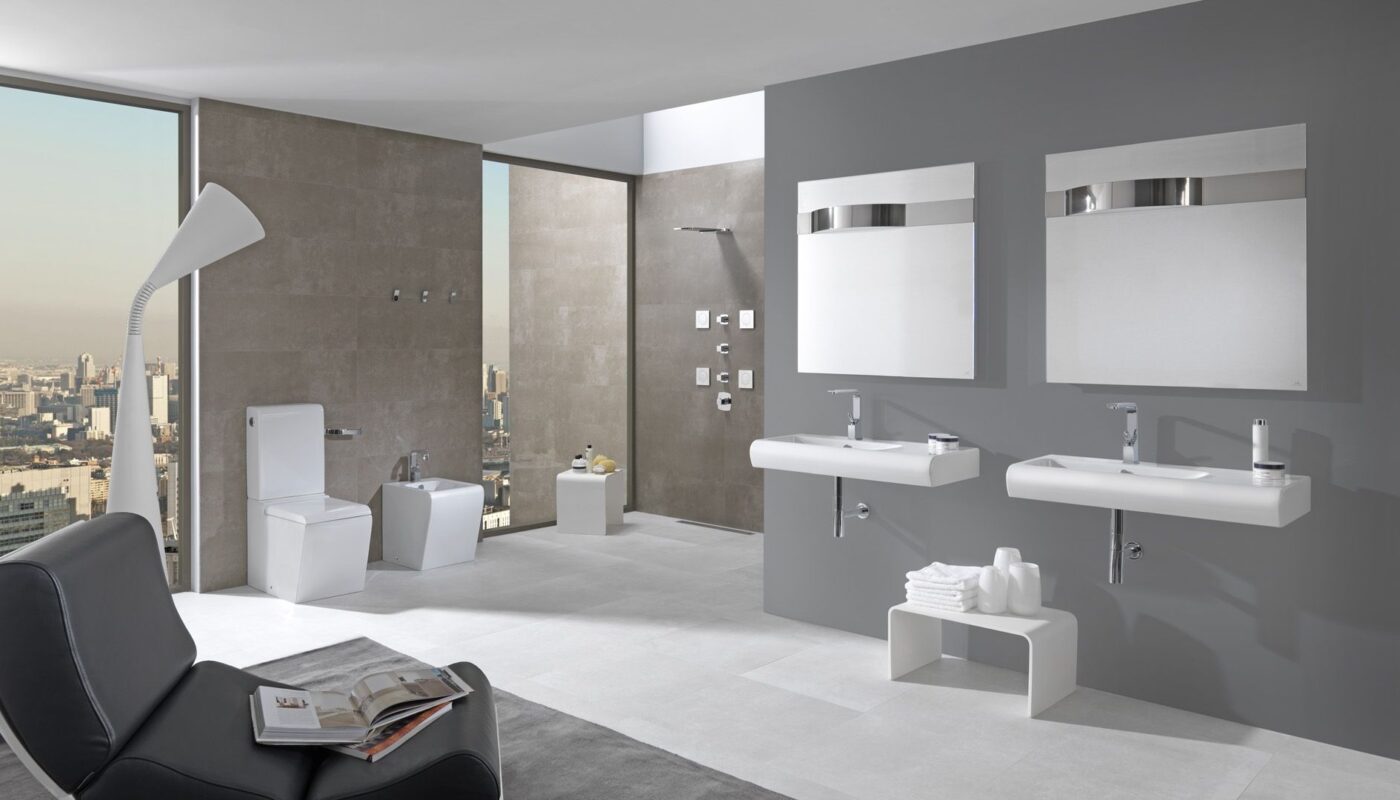The Indian ceramic sanitaryware industry has come a long way and has established itself as one of the major industries in India. With strong growth prospects, the industry plays a vital role in the development of India’s economic and infrastructure growth. Let us explore the various aspects of this thriving industry.
The history of ceramic sanitaryware dates back to Mughal era when glazed ceramic tiles were used for bathrooms, toilets, and washbasins. However, it was post-independence that the industry started evolving into a modern industry with technological advancements and production of varied products. In the 1960s, Hindustan Sanitaryware and Industries Limited (HSIL) came up which marked the beginning of organized sector in the industry. Gradually, more players entered giving consumers varied options to choose from. 1980s saw rapid expansion of the industry with private players investing heavily in setting up modern production facilities. This increased availability and drove down prices, taking branded sanitaryware to mass population. Today, India is among the top 3 ceramic sanitaryware producer globally.
Segment Analysis
Wash Basins: Wash basins are the most commonly used product in Indian bathrooms. Both wall hung and countertop wash basins are popular across consumer segments. The market is dominated by products in the affordable to mid-range price points.
Water Closets (Toilets): Toilets account for a major portion of the industry revenue. Factor influencing purchase include brand, style, flushing technology, and price. Two-piece toilets have the largest market share compared to one-piece models.
Ceramic Cisterns: Cisterns complement toilets for flushing. Standard, high efficiency, and sensor operated cisterns cater to varius consumer needs and price points.
Vitreous China Table Wares: Table wares like kitchen sinks, laboratory sinks, urinals etc are growing segments. Sleek designs and vitreous china material add durability to commercial installations.
Raw Material Analysis
The key raw materials for ceramic sanitaryware production arefeldspar, kaolin, quartz, and ball clay. India has abundant reserves of these materials, however 90% of ball clay requirement is imported.Lack of highquality reserves leads to 15-20% higher production costs compared to other Asian giants like China. Raw material price fluctuations also impact industry margins.
Manufacturing Processes
Ceramic sanitaryware manufacturing involves various processes:
– Mixing and Granulation: Raw materials are weighed and mixed to get a homogeneous mixture or slip.
– Moulding: Slip is poured into moulds of desired shapes using vacuum or pressure casting techniques.
– Biscuit Firing: Formed pieces are fired in kilns at about 1100°C to make biscuit pieces.
– Glazing and Decoration: Enamel glaze is applied on biscuit for aesthetics and impervious surface.
– Glaze Firing: Final firing at about 1200°C fuses the glaze onto biscuit, making the piece impervious and easy to clean.
– Finishing: Pieces get final touches like polishing, packaging for supply.
Strict quality processes ensure durability and functionality of end products. Automation has increased productivity manifolds over the years.
Key Manufacturers and Market Share
The India Ceramic Sanitaryware Industry has both large national and international players with following approximate market shares:
– HSIL Ltd: ~20% market share, leading brand Hindware
– Roca Bathroom Products Pvt. Ltd: ~15-18%, largest foreign brand
– Cera Sanitaryware Ltd: ~10%, value for money brand Parryware
– Kohler India Ltd: ~7-9%, premium brand Kohler
– CAMA Group: ~5%, value brands like Preciat and Ovus
– RAK Ceramics: ~5%, premium brand RAK
Smaller players cumulatively hold about 30% share. Intense competition keeps fueling product innovation. Export revenue is increasingly contributing to manufacturers’ growth.
Future Outlook and Growth Drivers
Healthy growth forecasts are expected on the back of several demand drivers:
– ‘Housing for All’ mission and growth in real estate sector
– Rising income levels and sanitation spending
– Infrastructure development programs like Smart Cities and urbanization
– Increased spend on sanitation infrastructure in rural areas
– Preference for branded and superior quality products
– Emergence of new product categories like smart toilets
The industry aims to double its revenue to ₹30,000Cr by 2025 through expansion, product innovation and market penetration. Though dependent on economic cycles, overall prospects of the ceramic sanitaryware industry remain promising in the long run aiding India’s progress.
*Note:
1. Source: Coherent Market Insights, Public sources, Desk research
2. We have leveraged AI tools to mine information and compile it




